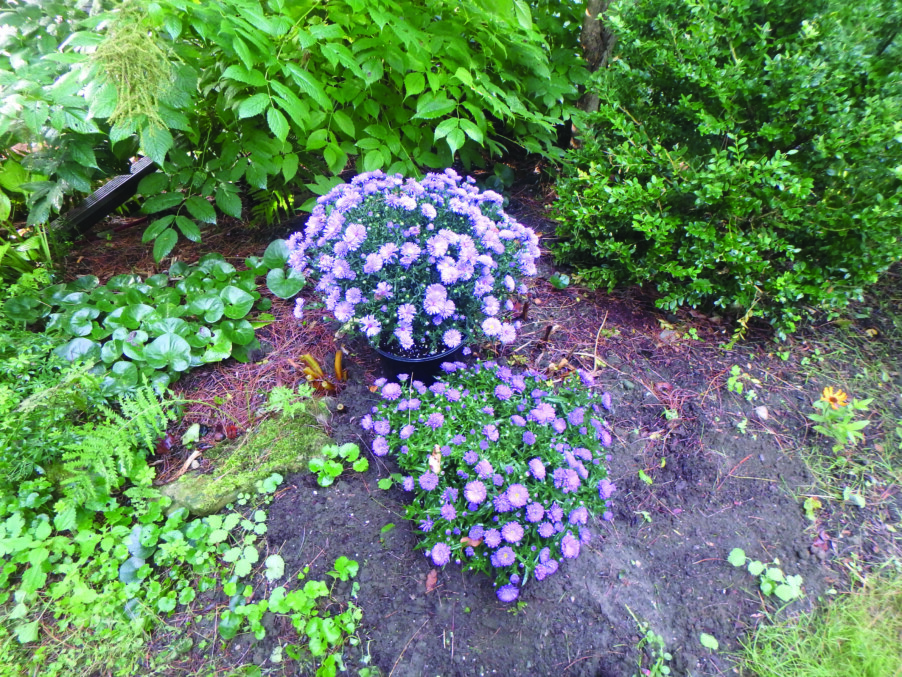Family fun for the weekend
GraniteCon!
• As you may have read on page 24 of last week’s Hippo (find the e-edition at hippopress.com) or on page 9 of this week’s issue, this weekend is the Granite State Comicon 2021. The Con will run Saturday, Sept. 18, and Sunday, Sept. 19, from 10 a.m. to 5 p.m. at the DoubleTree by Hilton Manchester Downtown (at 700 Elm St.). Kids under 8 get in free with adult admission (which costs $25 on Saturday, $20 on Sunday and $40 for a weekend pass). Organizers for Kids Con New England (which is returning to in-person cons with a Kids Con in Portland, Maine, in November and in May 2022 in Concord) will have a setup in the Fan Zone during the convention. See the full program for GraniteCon at granitecon.com.
Meeting of the makers
• See the hobbies and inventions of the makers at the NH Maker & Food Fest at the Children’s Museum of New Hampshire (6 Washington St. in Dover; childrens-museum.org, 742-2002) on Saturday, Sept. 18, from 10 a.m. to 3 p.m. People with a variety of experiments, creations and hobbies will show off their work at this event, which will also feature food trucks and food vendors. Admission is pay-what-you-can (suggested donation of $5), according to the website.
Town celebrations
• Derryfest will run Saturday, Sept. 18, from 10 a.m. to 4 p.m. at MacGregor Park on East Broadway. The day will feature kids activities, live animals, demonstrations and performances by local groups throughout the day, food and more. See derryfest.org.
• Head to Pelham’s Old Home Day for a parade, food trucks and chicken poop bingo on Saturday, Sept. 18, from 7 a.m. to 6 p.m. The day kicks off with a pancake breakfast from 7 to 10 a.m., craft fair vendors open at 9 a.m., a cornhole tournament starts at noon and the parade steps off at 2:30 p.m., according to pelhamoldhomeday.org, which also explains chicken poop bingo — it features a chicken pooping every hour throughout the day, and if the poo lands on the square corresponding to the number you’ve picked, you win prize money. Kid-specific amusements include face painting, touch a truck, inflatable ax throwing and more, the website said.
• The annual Fall Equinox Festival hosted by TEAM Exeter will run 11 a.m. to 6 p.m. on Saturday, Sept. 18, at Swasey Parkway. The day will feature food vendors and live music as well as kids activities and artist vendors, according to teamexeter.com, which suggests a $10 donation per person or $20 per family.
Movie time
• See Indiana Jones in his first (and best) adventure, Raiders of the Lost Ark (PG, 1981), on Friday Sept. 17, in Wasserman Park (116 Naticook Road in Merrimack) as part of the town’s summer movies in the park. The screening starts at dusk and the films are free and open to residents and nonresidents, according to the town’s Parks and Recreation website.




